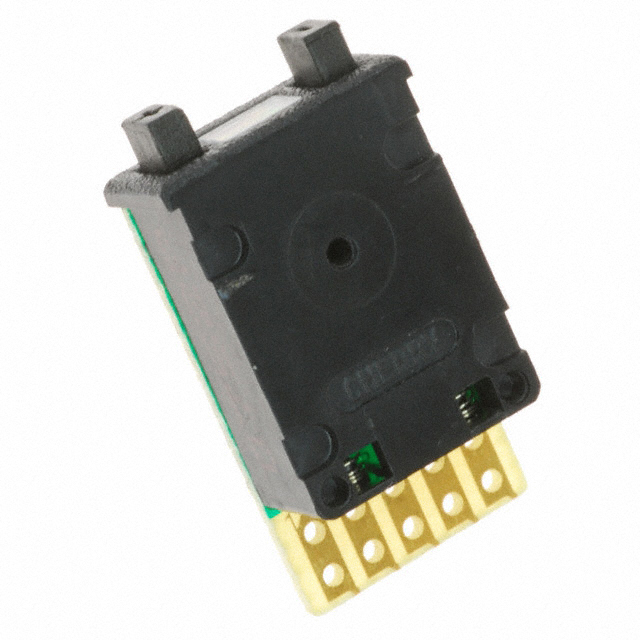Features: ·Signal conditioning and gain setting resistors for all standard audio functions
·Low noise thin film resistors ±1% matc
·Better than 1% matching between channels
·Gain modification by changing resistors externally
·Better than-90dB inter-channel and channel-tochannel crosstalk
·Single 28-pin QSOP package
·Saves board space and reduces assembly costApplication·Analog audio system for Pentium II Class personal computers, used in conjunction with Audio Codec, CS4297 or AD1819A.
DescriptionHigh quality audio systems have become standard for most personal computers. Furthermore, the audio functions have been migrating to the motherboard, putting pressure on available board space. The PACAC97 provides the components necessary for signal conditioning of analog audio inputs for an AC97 compli- ant Codec as well as gain setting resistors for head- phone and microphone amplifiers. Since analog signal levels can be as high as 2Vrms, the PACAC97 provides 6dB of attenuation (to 1Vrms) for LINE-IN, AUX, and CD inputs. The CD line level inputs of the PACAC97 have an additional ground signal, CD_GND, that supports the pseudo differential amplifier present in AC97 Codecs.
This feature of PACAC97 facilitates attenuation of common mode ground noise typically present at the output of CD ROM drives. Connecting the CD pins as indicated in the application circuit of PACAC97 provides attenuation of common mode noise from the CD inputs, thereby producing a higher quality CD signal. Finally, the device provides gain- settng resistors for the headphone and microphone amplifiers. The PACAC97 provides exceptional inter- channel and channel-to-channel crosstalk attenuation necessary for high quality audio.
The PACAC97 provides performance, high reliability, and low cost through manufacturing efficiency, utilizing high volume and low cost IC manufacturing and processes.
The process of PACAC97 yields low noise and highly stable resistors demanded in audio applications. In addition, the 28-pin QSOP package is an industry standard that is easy to handle in manufacturing and provides package reliability R1, R2 and R3, R4 provide 6dB pads for the LINE-IN stereo signals in order to scale a 2Vrms input to a 1Vrms Codec input. Similarly, R5, R6, R7, R8 and R9, R10, R13, R14 provide the necessary attenuation for the AUX and CD signals going to the Codec. With an external Operational Amplifier, resistors R17 and R18 provide nominally 27dB of gain for the microphone signal (non-inverting amp). R15, R16 divide down the microphone output signal, thereby protecting the Codec from any transient voltages coming from the microphone amplifier. PACAC97 is particularly important if this amplifier runs of ±12V supplies. The R15/R16 divider of PACAC97 can be bypassed with an external 0 jumper connection, if so desired. Bias voltage needs to be provided for con- denser type microphones. Resistors R21, R22, R23 and R24 are the gain setting resistors for the headphone amplifier. The gain is set at 3.5dB with the output amplifiers in an inverting configuration. The output gain can be changed with the addition of external resistors, allowing for maximum design flexibility. The PACAC97 are referenced as Amp1 and Amp2 rather then Left and Right to provide added flexibility for board layout. LINE- IN, LINE-OUT and MIC jack signals are externally de- coupled in order to minimize EMI.

 PACAC97 Data Sheet
PACAC97 Data Sheet






